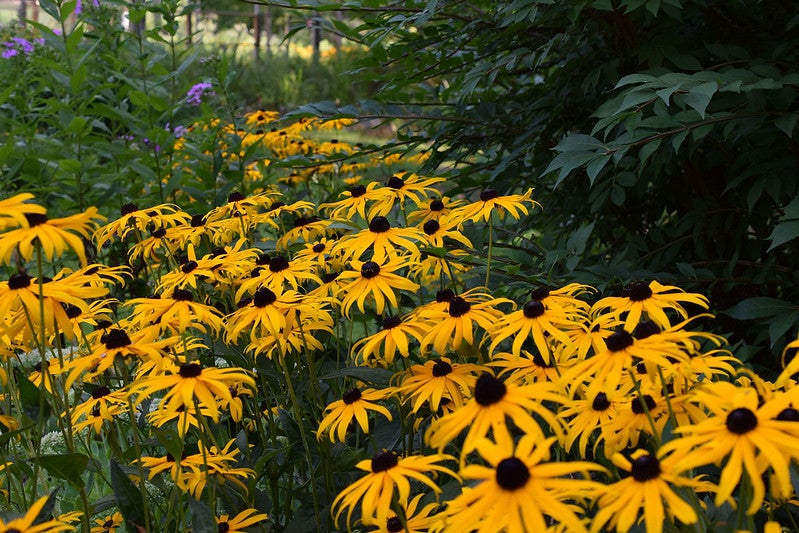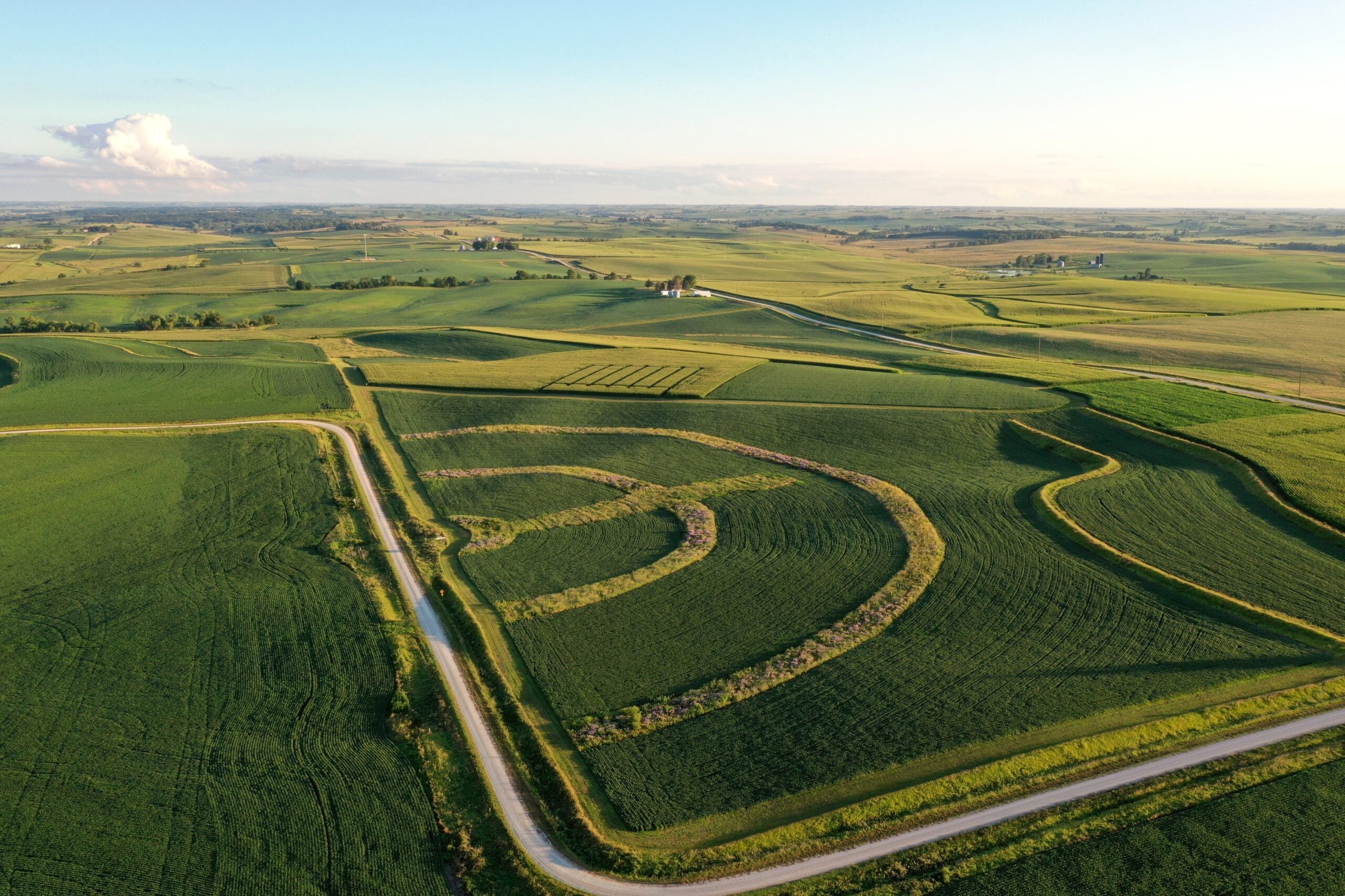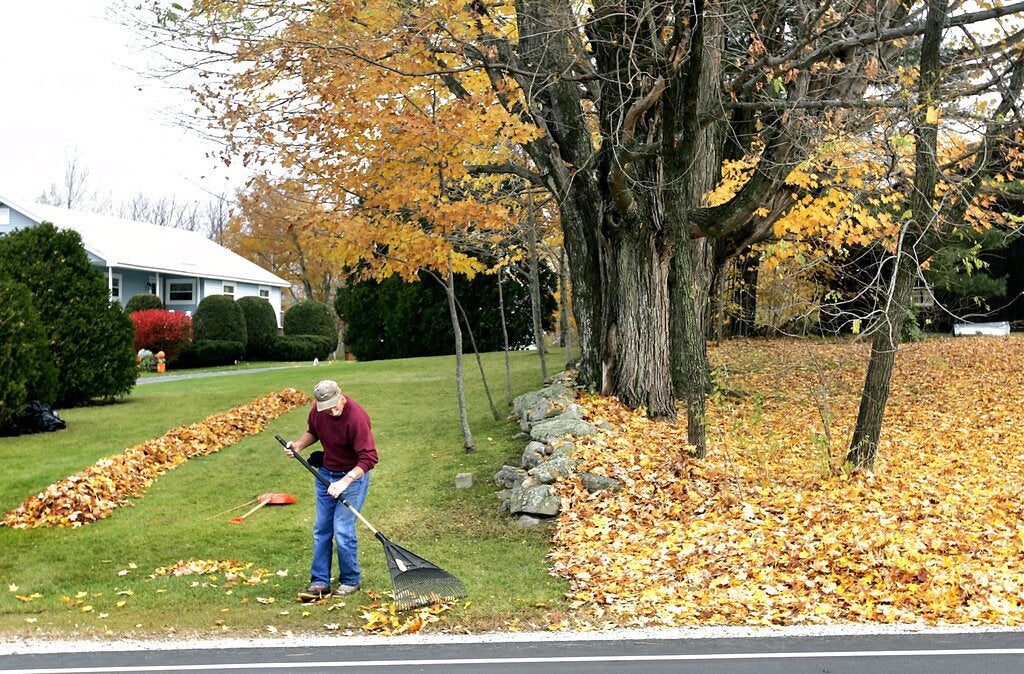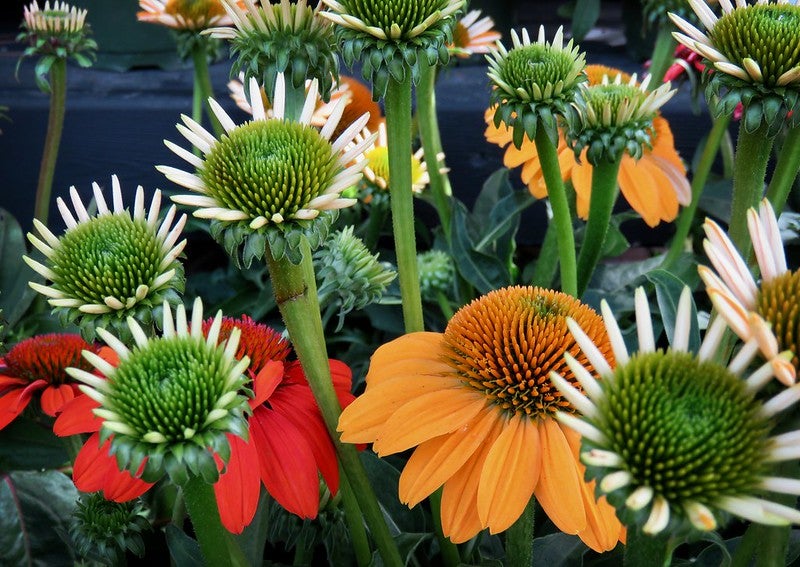When it comes to seeding prairie grasses and flowers, there are a couple different options, said Neil Diboll, president of Prairie Nursery and a consulting ecologist.
Diboll, recognized internationally as an expert in native plant community ecology, said fall can be a really great time to seed prairie flowers, particularly because they require exposure to cold, damp conditions.
“To get higher germination on your flowers, fall seeding always results in better germination,” he said.
News with a little more humanity
WPR’s “Wisconsin Today” newsletter keeps you connected to the state you love without feeling overwhelmed. No paywall. No agenda. No corporate filter.
Seeding prairies
The cold and damp conditions and an extended period of cold in the soil trigger prairie flowers to germinate the following spring.
“Let’s say I’m a prairie seed and I fall on the ground on Sept. 30 and it’s nice and warm and it’s raining and I germinate,” he said. “What happens? Well, all of a sudden it’s December, it’s 20 below zero. I’m out of the gene pool, baby.”
But most prairie flowers have a built-in dormancy and need to be exposed to cold conditions for a certain amount of time that tells them winter has occurred. When the soil begins to warm up, the seedlings know it’s safe to germinate.
Some species do just fine being planted in the spring or summer, such as yellow coneflower and black-eye Susans. But many require cold conditions to germinate at a higher rate, he said.
There are some fall seedings that have much lower germinations rates, including warm season prairie grasses like little bluestem, Indiangrass and side-oats grama. Increasing seeding rate by 50 to 100 percent can help overcome this, and an added plus is that the seeds of these species are relatively inexpensive compared to the cost of most prairie wildflowers.
“You have the lower germination of grasses and higher germination of the flowers with the fall seeding, and higher germination of the warm season grasses and lower germination of many of the flowers with the spring seeding or early summer seeding,” he said.
Frost seeding is another option that generally results in good germination for flowers and grass. It involves scattering seeds usually in late February or early March. A natural frost heave in the soil opens little fissures that the seeds fall into.
“And that is a really good no-till method for seeding at an unusual time when there’s still snow on the ground,” he said.
You want to make sure there’s not a lot of snow, and it has to be the right condition of soft enough so that the seeds won’t blow away and solid enough that the seeds won’t wash away.
“Usually you go out in the morning when the ground is frozen, scatter your seed, and then in the afternoon the snow melts and the seed works its way down into the soil,” he said.
Prairie Maintenance
Lots of people like to tidy up their landscapes to prepare for the spring season. But if you want your native prairie gardens and meadows to attract birds, butterflies, pollinators and other beneficial wildlife, it’s better to leave the prairie alone.
Birds forage for seeds, insects and other invertebrates in the fall and winter. Many butterflies and pollinators overwinter as eggs, pupae and adults in the plant stems, leaf litter and upper soil. That’s partially insulated from the cold by dead plant material that accumulates there.
Removing the dead plant material removes the habitat and some of the insects that reside there.
In spring, you can burn or mow the prairie to renew it for the next year.
Transplanting
Early fall is a great time to transplant early-blooming spring ephemerals such as trilliums, bloodroot, Virginia bluebells, shooting star and bellwort.
With a month or two to establish their roots before winter begins, the plants have a head start for the next spring.
Protect the plants with a covering of 4 to 6 inches of clean, weed-free winter wheat straw around Thanksgiving, and mark each one with a wire flag.
Come springtime, pull back the mulch from around the root crown of each plant. That way, the plant will be able to emerge easily and won’t be blocked by the layer of mulch.
Seeding No Mow Lawns
Turf grass germinates readily and grows well during cool days of late summer and early fall. And it’s best to plant it in September because there’s little competition with other weeds that mostly germinate in the spring and summer.
Because there’s less competition, a solid carpet of turf is established before the winter, and that discourages weed germination the following spring.
Planting in the fall means that the grass has two successive cool weather growing seasons: the fall and the following spring. That allows the roots to grow deeper in comparison to a spring-seeded lawn and makes the grass more drought tolerant and more resistant to weed invasion.
Keep in mind that before you seed a no mow lawn, be sure to remove all perennial weeds and grasses.
Wisconsin Public Radio, © Copyright 2026, Board of Regents of the University of Wisconsin System and Wisconsin Educational Communications Board.



